commentary Commentary
Commentary: Inequality has a geographic dimension - between and within neighbourhoods in Singapore
We must mitigate the challenges linked to economic disparities between and within neighbourhoods in Singapore, says one observer at the Institute of Policy Studies.
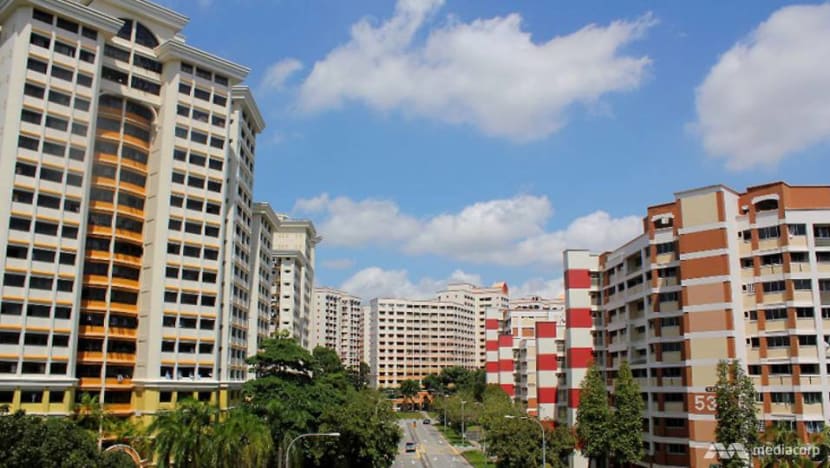
File photo of HDB flats. (Photo: Hester Tan)
SINGAPORE: The two weeks of intense discussion on the presidential address in parliament has unanimously pointed to the danger of inequality and hardening social mobility in Singapore.
The city-state has one of the highest income disparity levels among developed economies, though not among other global cities, before taxes and government transfers.
In the long run, this rift will undermine our social fabric and erode public confidence in our institutions.
To the credit of our policymakers and social service sectors, they have put in place policies and programmes to tackle the imbalance of opportunities and enhance upward mobility for the disadvantaged.
Provisions of financial assistance in local schools, special housing grants for low-income families, medical subsidies for the vulnerable, and community care funds for the disabled are just some items on a long list of policies aimed at narrowing the gulf.
Inequality can also affect social cohesion among Singaporeans from different backgrounds. Recognising this, the Government has supported the nurturing of shared experiences between communities to promote social bonding and empathy in spite of the socioeconomic plurality.
Collective memories such as the National Day parades, and Chingay celebrations, and shared spaces like community clubs, schools and recreational parks serve to bridge social divides.
This is, however, an uphill task. Singaporeans are not immune to the visceral desire to be close to people of the “same kind”, be it based on ethnicity or class. This easily translates into a tendency to reside in locations that resonate with their own socio-economic standing.
Eventually, an enclave neighbourhood is formed, built either on the back of economic status or ethnicity.
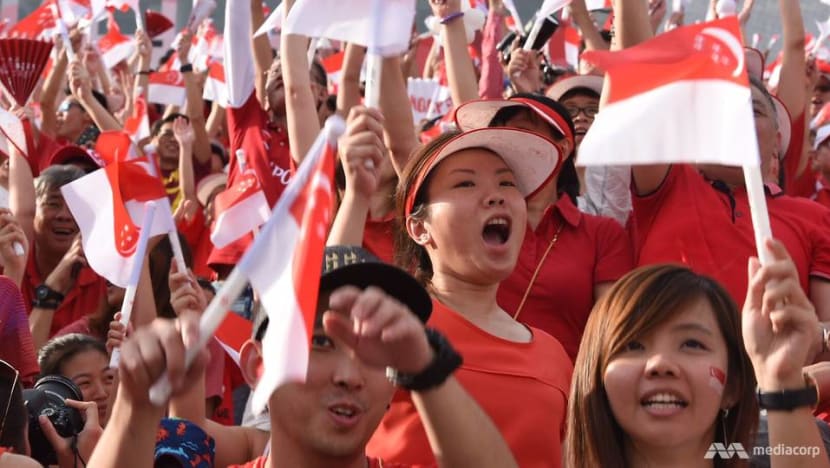
GEOGRAPHY IS FATE?
Inequality has a geographic dimension – even for a small and densely populated place like Singapore. Ignore geography and we miss important drivers of inequality and lose opportunities to mitigate them.
A concentration or segregation of people based on socio-economic standing has a profound impact on the well-being of individuals.
There are broadly two categories of geographic inequalities: Disparity between and within neighbourhoods.
DISPARITY ACROSS NEIGHBOURHOODS
In the United States, the economic status of a neighbourhood or state has a great impact across a sweeping range of well-being indicators.
Research has found that people who live in disadvantaged neighbourhoods in their childhood tend to have prolonged periods of poor health in adulthood and are associated with a reduced likelihood of graduating from high school.
Singapore, unlike the US, is both a country and a global city. The dividends from economic development in cities tend to be more evenly distributed than nations with a larger land mass.
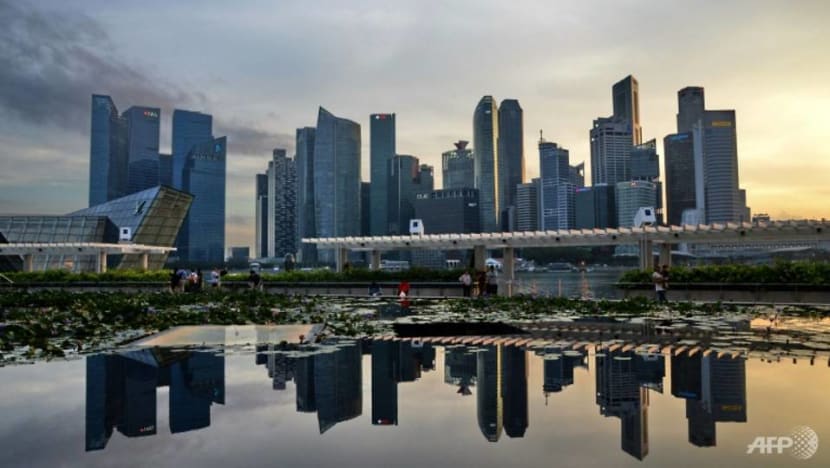
Nevertheless, here, the distribution of economic and social outcomes are also skewed in favour of certain neighbourhoods.
According to the 2015 Singapore General Household Survey, more than four in ten households (44.4 per cent) in Bukit Timah earn at least S$20,000 a month, the highest income bracket in the statistical classification. This proportion is eight times as many compared to households in Woodlands (5.4 per cent) or Yishun (also 5.4 per cent).
What is perhaps more surprising is that one in five households in Bukit Merah live in a rented flat, while this figure is less than one in 25 in Sengkang or Sembawang.
Neighbourhoods also differ in terms of important non-economic indicators, such as the number of vulnerable households. Yishun has two times the proportion of people (4.8 per cent) who are divorced or separated compared to residents in Bukit Panjang (2.42 per cent).
Worryingly, in recent times, there has been a distinct clustering of brand name schools. These include the Rafflesian schools in Bishan, the Anglo-Chinese Schools in Dover Road, and schools of the Hwa Chong family in Bukit Timah.
It is no coincidence that resale prices of houses near elite educational schools are higher than the average. Qualified and deserving students living in less well-off estates may have to travel a longer distance to these schools, and may therefore miss out on the opportunity to attend better institutions.
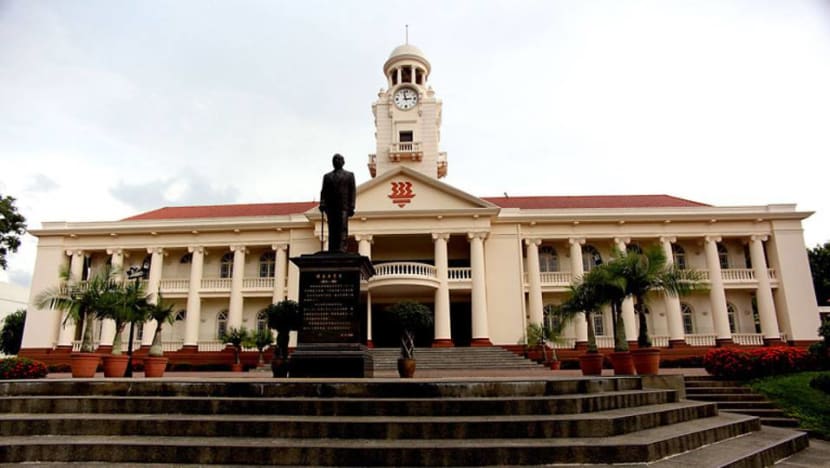
DISPARITY WITHIN NEIGHBOURHOODS
Harvard University Professor Robert Putnam found that diversity of demographics such as income, race, or religion are often linked to greater distrust in neighbourhoods.
There is less incentive among people living in the community to interact with one another if they do not share similar physical or social attributes.
Even in a low crime society like Singapore, there are subtle differences in the quality of life across neighbourhoods.
In a study published by the Institute of Policy Studies in December 2017, residential estates with a more diverse range of dwelling types – which include Marine Parade and Bukit Merah - are correlated with more petty crime.
An area with a high index for dwelling type diversity would have a wider mix of high-end private housing, as well as HDB flats of various room sizes including low-end housing. Such neighbourhoods reported more transgressions than places that are either equally rich or poor.
This appears to support Putnam’s findings that the effects of income inequality, if unmitigated, could lead to low social capital and more anti-social behaviour like crime.

READ: A commentary on tackling inequality by moving from emotion to action.
READ: A commentary on bridging the class divide.
THE FUTURE OF NEIGHBOURHOODS
How do we mitigate the challenges linked to economic disparities between and within neighbourhoods?
Across neighbourhoods, there are policies to ensure that there is a healthy mix of residents from diverse background, like the co-location of rental and the bigger HDB units. There is also considerable attention to provide a wide range of quality amenities in various corners of the island.
We should explore and pioneer new initiatives in this area.
First, popular institutions such as good schools could be made geographically dispersed to enable bright students from relatively vulnerable neighbourhoods to have convenient access to these institutions.
Second, we need to do more to identify and provide more “class-less” touch points that can foster shared experiences. Hawker centres and recreational parks are some examples of these places. These locations provide a service that is desired by both the wealthy and needy, is non-exclusive, and all patrons or visitors are treated alike.
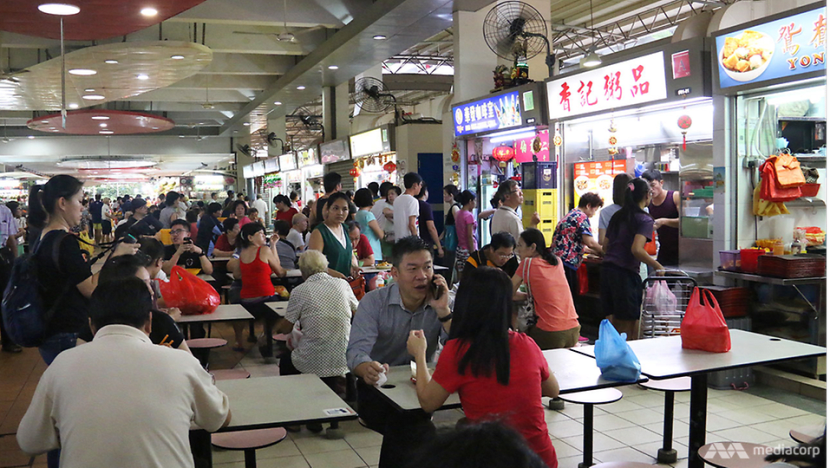
Within neighbourhoods, the permeability of social classes needs be enhanced. Creating opportunities for interaction alone is a necessary but not a sufficient condition to nurture understanding and empathy between the social classes. Putnam has found that having diverse people residing in the vicinity do not necessarily lead to more meaningful contact or shared experiences.
Contact must be meaningful, not superficial, and contrived. More research is needed to identify the type of facilities and the conditions of use that residents feel comfortable interacting with others from a different background.
For instance, residents from both lower and upper class households can be brought together to tackle common problems that affect everyone living in the same neighbourhood, such as preventing mosquito infestation, traffic congestion, or errant use of personal mobility devices.
Not every neighbourhood will be the same, but every neighbourhood can be a good neighbourhood by forging a shared eco-system that bring people together regardless of race, religion or class.
Dr Leong Chan-Hoong is the head of Social Lab, a survey research unit in the Institute of Policy Studies, National University of Singapore. He is presently the lead researcher for a national survey on how environmental features influence attitudes to immigrants and social trust.












